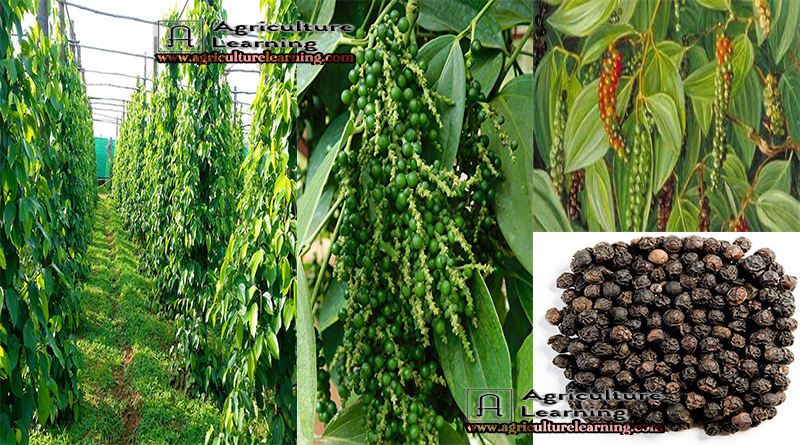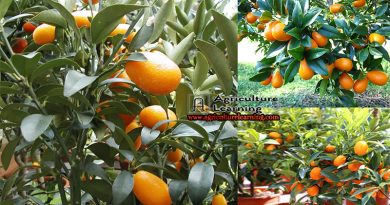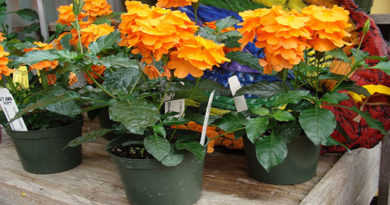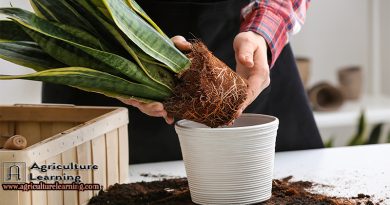Black Pepper | Black pepper farming guideline | Pest management
Black pepper (Piper nigrum L.), the king of spices, belongs to the family Piperaceae. It is obtained from the perennial climbing vine, Piper nigrum which is indigenous to the tropical forests of Western Ghats of South India. It is one of the important and earliest known spices produced and exported from India. In India, black pepper is mainly grown in Kerala, Tamil Nadu, Karnataka, Pondicherry, Nicobar Island and Andaman. Kerala itself produces 90% off total production of black pepper. This spice is also called as black gold due to its international trade factor.
Local Name of black Pepper in India: Black pepper (English), Kali mirch (Hindi, Punjabi), Miriyalu (Telugu), Mari (Gujarati), Golmorich (Bengali), Kala Maricha (Oriya) and so on.
Varieties of Black Pepper: Over 75 cultivars of pepper are being cultivated in India. Karimunda is the most popular of all the established cultivars of pepper among the growers of Kerala. The other important cultivars are Kottanadan, Narayakkodi, Aimpiriyan, Neelamundi, Kuthiravally, Balancotta, Kalluvally, Malligesara and Uddagare etc.
Moreover, there are some improve varieties of black pepper in India such as Panniyur-1, Panniyur-2 (Krishna), Panniyur-3 (Shima), Panniyur-4, Panniyur-5, Sreekara, Subhakara, Panchami, Pournami.
Climate Requirement: Black pepper thrives best in tropical hot and humid climatic condition. It requires about 125- 200 cm of annual rainfall. The temperature ranges between 10ᵒ C and 40ᵒ C. It grows successfully between 20o north and south latitude and from sea level up to 1500 meters above MSL.
Soil Requirement: it can be cultivated on wide variety of soils like clay loam, sandy loam and red loam soils. For better yield, soil should have pH value of 5.0-6.5.
Propagation: Vegetative propagation is best for Black pepper. Generally, Black pepper Propagation is done by cuttings. Moreover, it can also propagate by seed, as this process takes so long, it is not preferred method for commercial cultivation. In vegetative method of propagation, pepper cuttings with 2-3 nodes are made from vines are put bamboo basket (filled with soil) or raised in plastic bags during the mouth of March-April. These pepper cuttings will be ready for transplanting in the main field in about 3 months.
Selection of site: Well drained level land and hill slopes are suitable for growing pepper. When grown on a sloppy land, the slopes facing south should be avoided and the lower half of north and north eastern slopes are preferred for planting: so that the vines are not subjected to the scorching effect of the sun during summer.
Cropping Method: Pepper is grown as monocrop as well as a mixed crop. Large scale cultivation of pepper as monocrop is done on hill slopes by clearing jungle lands and planting standards for the vines to climb on. As a mixed crop, it is grown with arecanut, coconut, mango, jack etc. where these trees serve as standards for the pepper vines. Pepper is also a suitable intercrop in coffee estates where the shade trees as good standards for them.
Planting: Pepper cuttings are generally planted with the onset of the southwest monsoon. Planting can also be done during the north east monsoon wherever it is regular and well distributed. When pepper is grown as pure crop, pits of 0.5 m cube are dug at a spacing of 2.5 x 2.5 m and Erythrina stem cuttings of 2m length or its two years old seedlings are planted on receipt of early monsoon showers. With the onset of regular rains, 2 or 3 rooted cuttings are planted around the base of the standard nearly 30 cm away. But in the case of coconut and arecanut which have a thick intercoiled root net close to the trunk, pepper cuttings are to be planted 100 to 120 cm away from the tree trunk which are about 8 to 9 m high.
Initially, the vines may be allowed to climb on a stick or pole about 2 m tall, which is tied to the trunk in a slanting position. After one year, when the vine has attained sufficient length it may be separated from the temporary stake and the lower leaves may be nipped off. A narrow trench of 15 cm deep and wide should be prepared from the base of the vine to the base of the tree trunk. The vine may be placed in the trench in such a way that the growing tips it tied to the trunk while the other parts of vine is covered with the soil. A small ridge is formed over the trench which should not be disturbed while doing intercultural operations to the palm.
Manures and fertilizers: 10 kg of FMY (well rotten cow dung or compost) should be applied per plant (preferred in April-May mouths). Ammonium Sulphate of 500 grams, super phosphate of 1 kg and muriate of potash of 100 grams should be applied per plant (preferred in August to Sep month). Slaked lime 500 grams per plant should be applied per plant in alternate years (preferred in April to May months). These manures and fertilizers should be applied at the depth of 12 to 15 cm a distance of 25 to 30 cm from base. It is required to well mix these manures and fertilizers in the soil with the help of fork or any other instruments.
Irrigation: In black pepper cultivation, Frequent irrigation from Nov-Dec months till the end of March is recommended and thereafter, irrigation must be withheld till monsoon break. This will increase the pepper yield about 50%. Irrigation should be given interval of one week in winter and every two days during summer. Soil should be mulched with grass/dried leaves will retain some extent of moisture in the soil in hot summer season.
Diseases and Pests management:
Pests:
- Pollu beetle (Longitarsus, nigripennis).
Symptoms: Adults feed on growing points, tender shoots, leaves, tender spikes and berries. Grubs bore into the berries and cause black colour and they crumble when pressed.
Control measures: Spray endosulfan (0.05%) twice (June and September).
- Scale insects (Lepido- saphes piperis), (A spidiotus destructor).
Symptoms: Drying of the infested portion of the vine.
Control measures: Spray dimethoate 0.05% at 15 days intervals.
Diseases: Quick wilt or foot rot (Phytophthora capsici)
Symptoms: Pathogen infects leaves, spikes, collar region and roots. Collar infection causes sudden collapse of the vine, other symptoms are foliar yellowing and defoliation. High soil moisture and relative humidity during monsoon favour infection and spread.
Control measures: Removal of the infected dead vines and burn them, provide proper drainage, avoid damage to root system and stem of vines. Spray vine with 1% Bordeaux mixture and 0.25% Ridomil ziram alternatively and drench the basin with the same chemical twice, once before monsoon and one after monsoon.
Harvesting and curing: Pepper vines start yielding usually from the 3rd or 4th year. The vines flower in May-June. It takes 6 to 8 months from flowering to ripening stage. Harvesting is done from the November to February in the plains and January to march in the hills. When one or two berries on the spike turn bright or red, the whole spike is plucked.
Berries are separated from the spikes by rubbing them between the hands or trampling them under the feet. After the separation, the berries are dried in the sun for 7 to 10 days until the outer skin becomes black and shrunken and assumes the characteristic wrinkled appearance of commercial black pepper. For making good quality black pepper of uniform color, the separated berries are collected in a perforated bamboo basket or vessel and the basket with the berries is dipped in boiling water for one minute. The basket is then taken out and drained. The treated berries are sun dried on a clean bamboo mat or cement floor.
Yield: Pepper vines attain full bearing stage in the 7th or 8th year after planting and it starts declining after 20 to 25 years and replanting has to be done thereafter. One-hectare plantation of 7 to 8 years old gives about 800 to 1000 kg of black pepper.
Health Benefits of Black Pepper:
- Black Pepper helps in skin treatment.
- It has anti-biotic properties.
- It helps in weight loss.
- It may prevent gastro diseases.
- It improves digestion.
- It stimulates appetite.
- It prevents bacterial infections.
- It relieves from flu and congestion.
- It is good for dental health.
- It may prevent skin related cancer.
- It relieves cough and cold conditions.




